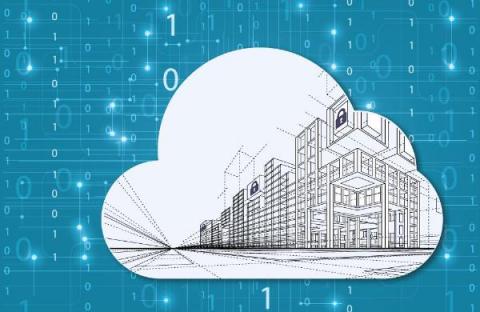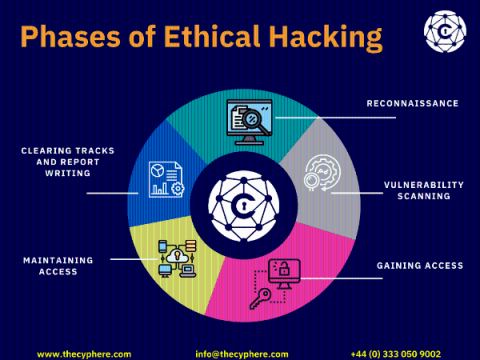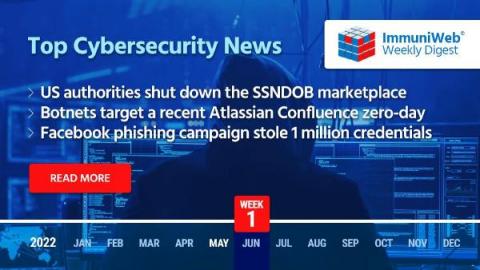How to Establish an Insider Risk Security Team
The new era of remote work launched by COVID has given millions of employees the ability to work on their own terms and spend more time with their families. Unfortunately, remote work also comes with certain security risks, as organizations now need to guard against increased exposure to cybersecurity concerns with little physical oversight. But embracing remote work does not need to mean handing employees’ laptops with sensitive company information and hoping all goes well.











